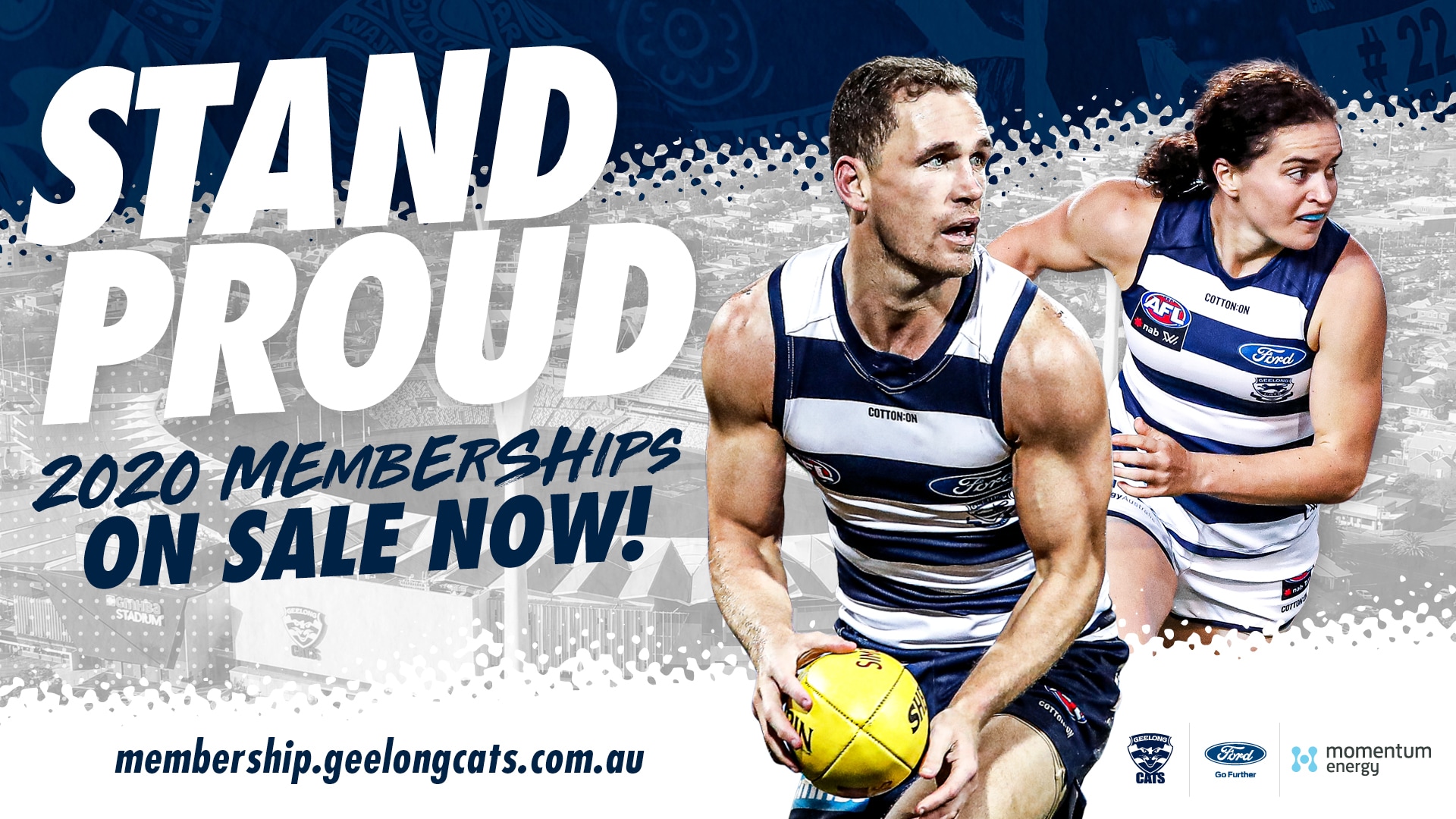Second-year Cat Jacob Kennerley has produced a gut-busting run to lead the club's shuttle run as Geelong's first-to-fourth year players returned to GMHBA Stadium this week.
Kennerley will look to use the result as a springboard to attack his 2020 campaign, after being selected at pick 50 in the 2018 National Draft and playing 18 VFL games in his debut season.
The South Australian came to the club as a highly touted runner after topping his draft class in the 2km time trial with an impressive time of 6:04 minutes.
READ: DUNCAN RAMPS UP INJURY RETURN
Physical performance manager Scott Murphy says he was impressed with how Kennerley returned to the track this year.
“He performed very, very well and ran a substantial PB, he actually topped our charts for the first day back,” Murphy says.
“Our ambition for him will be to compete with the top running group, when his program intersects with some of the senior blokes. He won’t run with them all the time but there’ll be an occasion where we’ll ask him to.”
“He’s still a second-year player so we’ve got to be conscious of where he sits in terms of his training age and where we spend our time in terms of how we improve him.”
Athletic tall Esava Ratugulea also impressed with his efforts.
“Esava ran particularly well, he’s come back healthy for the start of preseason which is a big plus for us. A year ago, he still had a plate in his a leg and was recovering from ankle surgery.”
Crashing packs and getting to more contests are on Esava's 2020 agenda
— Geelong Cats (@GeelongCats) November 19, 2019
READ : https://t.co/AI6yXIq3ds#StandProud #WeAreGeelong pic.twitter.com/CcBG3e5OTR
“Then we had the perennial performers from that group in Gryan Miers and Sammy Simpson.”
“The return shape in general has been pretty good. It’s always pleasing when you can just jump straight back into training.”
The Cats return-to-training test differs from a traditional time trial run, with players running up and around a series of cones for a distance of 1.2km.
“There’s a multitude of reasons why we’ve chosen the shuttle as a good first point assessment,” Murphy says.
“We feel that it’s a really good indicator of if a player has been changing directions as a part of their offseason program, whether they’ve been doing their leg strength and obviously whether they’ve been doing the running and conditioning component of the offseason.
“If we just adopted a straight-line running test like a two or three kilometre run, we’ll find out how they are in terms of their cardiovascular and running capacity but it doesn’t give us any indication as to whether they’ll be able to handle the change of direction component of football.



